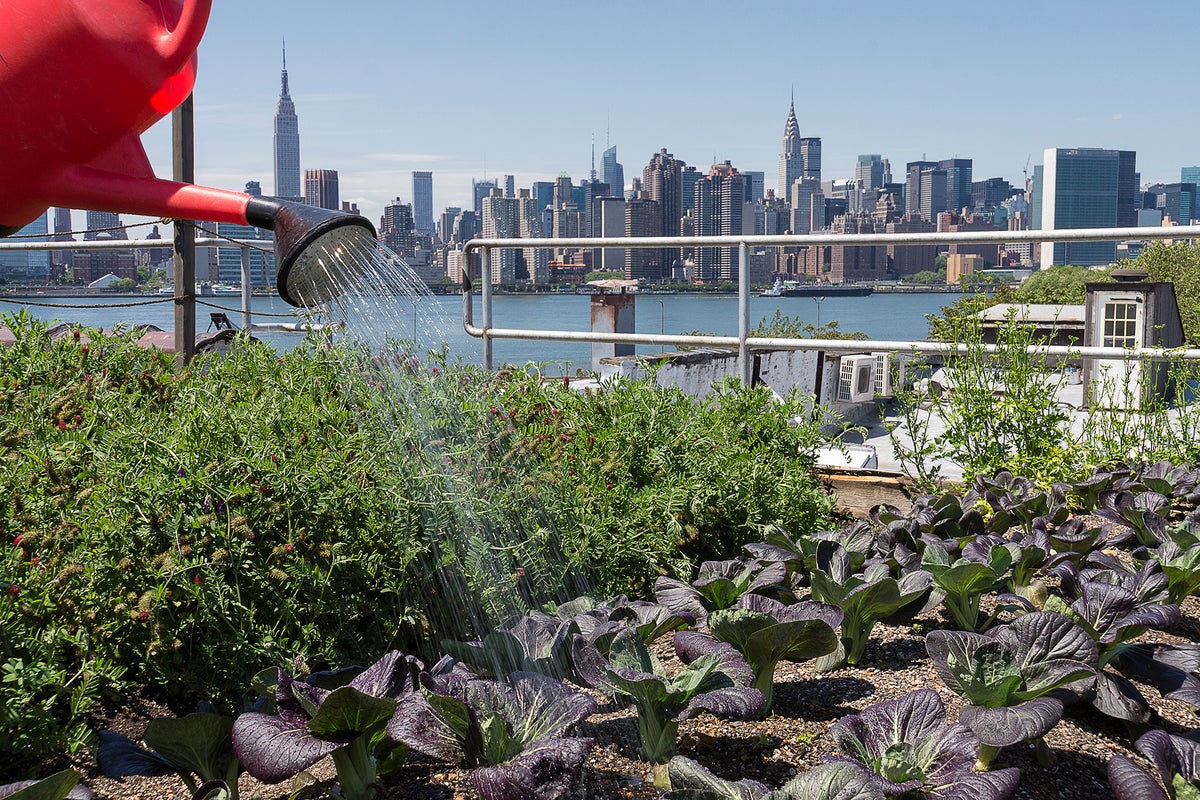The Best Strategy To Use For City Blooming
The Best Strategy To Use For City Blooming
Blog Article
The Only Guide to City Blooming
Table of ContentsExcitement About City BloomingCity Blooming Fundamentals ExplainedThings about City BloomingCity Blooming Fundamentals Explained6 Simple Techniques For City Blooming
Fascinated in expanding food for sale in the City of Chicago? Below is a list of regularly asked questions regarding the rules and guidelines that growers should think about when planning a city agriculture task.
The zoning change does not customize any type of other codes handling composting, building authorizations, buying or renting City had residential or commercial property, company licenses or environmental contamination. There are existing codes that control these issues and they remain completely result and might apply to your job. Area yards are commonly had or handled by public entities, civic companies or community-based organizations and preserved by volunteers.
Urban farms expand food that is planned to be marketed, either on a nonprofit or for-profit basis. As a result of their industrial objective, metropolitan farms need a company permit. Yes. A community garden is permitted to sell excess create that was grown on website if the sales are accessory or secondary to the yard's main function defined above.
How City Blooming can Save You Time, Stress, and Money.
Composting is allowed however only for plant material that is generated and used on website. The quantity of compost product can not go beyond 25 cubic lawns at any given time according to the criteria in 7-28-715 of the City's Municipal Code. Yes. Because the soil at many new garden websites requires modifying, garden compost, dirt, wood chips, or other products can be obtained to build or improve the expanding area - sustainability.

If a structure authorization is required after that the hoophouse will certainly be considered an accessory building. You can discover out even more concerning the structure license demands by calling the Division of Structures. The 25,000-square-foot size limit is intended to avoid a solitary area garden from dominating a given block or interfering with the block's existing domestic or industrial personality.
The restriction does not relate to gardens located in Public Open Area (POS) districts. Can there be even more than one Website neighborhood garden that is 25,000 square feet on a solitary block? Yes. The dimension limitation puts on private gardens, not to individual blocks. No. Fence is not needed, nonetheless, yards that have huge parking lot may be required to install fence or other landscape design features.
The Greatest Guide To City Blooming
B1 & B2 districts require that all industrial usage activities be performed inside your home. Is fencing required for metropolitan farms? Fences might be needed, along with landscaping and testing, for particular vehicle parking locations and outside job or storage space locations depending on place and the specific activity taking area.
Yes. Urban ranches require building permits and zoning approvals before building. Various other forms of city evaluation might be called for depending upon specific structures, tasks, dimension, landscape design, licensing, public health and stormwater management concerns. Much of these needs are determined in the task design or allowing process, however, the applicant may be accountable to separately determine details licenses or allows that might be required.
Yes. The sort of certificate is determined by what is happening at the site. The Division of Service Matters and Consumer Defense can aid figure out the particular kind of organization certificate that's needed. Yes. Off street auto parking is needed for many industrial tasks in Chicago. The required variety of car parking areas is based upon the variety of workers dealing with site and not the square video footage of the growing area.
What Does City Blooming Do?

Yes. A metropolitan farm can offer garden compost material produced on website, nevertheless, the procedure needs to abide by the policies in 7-28-715 of the Chicago Municipal Code. Yes. Aquaponic systems are allowed inside your home on metropolitan farms in numerous zoning areas. Nevertheless, a zoning review and structure permit is needed in order to mount structures or systems and a service license is needed as defined above.
As much as 5 hives or nests of honey may be kept as an accessory usage. However, beekeepers must sign up with the Illinois Division of Farming. For more details about the suggested zoning modification you may get in touch with the Division of Real Estate and Economic Development, Bureau of Planning and Zoning at 312.744.8563.
Farming in cities and metropolitan locations A city ranch in Chicago. Urban agriculture refers to various methods of growing. https://yoomark.com/content/home-city-blooming, processing, and distributing food in metropolitan locations. The term also uses to the area tasks of animal husbandry, tank farming, beekeeping, and gardening in a city context. Urban agriculture is distinguished from peri-urban agriculture, which happens in rural areas at the edge of residential areas.
All About City Blooming
, who seek to form social networks founded on a shared principles of nature and community holism. These networks can establish by method of official institutional assistance, ending up being integrated into neighborhood community planning as a "change town" movement for sustainable city development.
Some of the first proof of urban agriculture comes from Mesopotamia.
Report this page